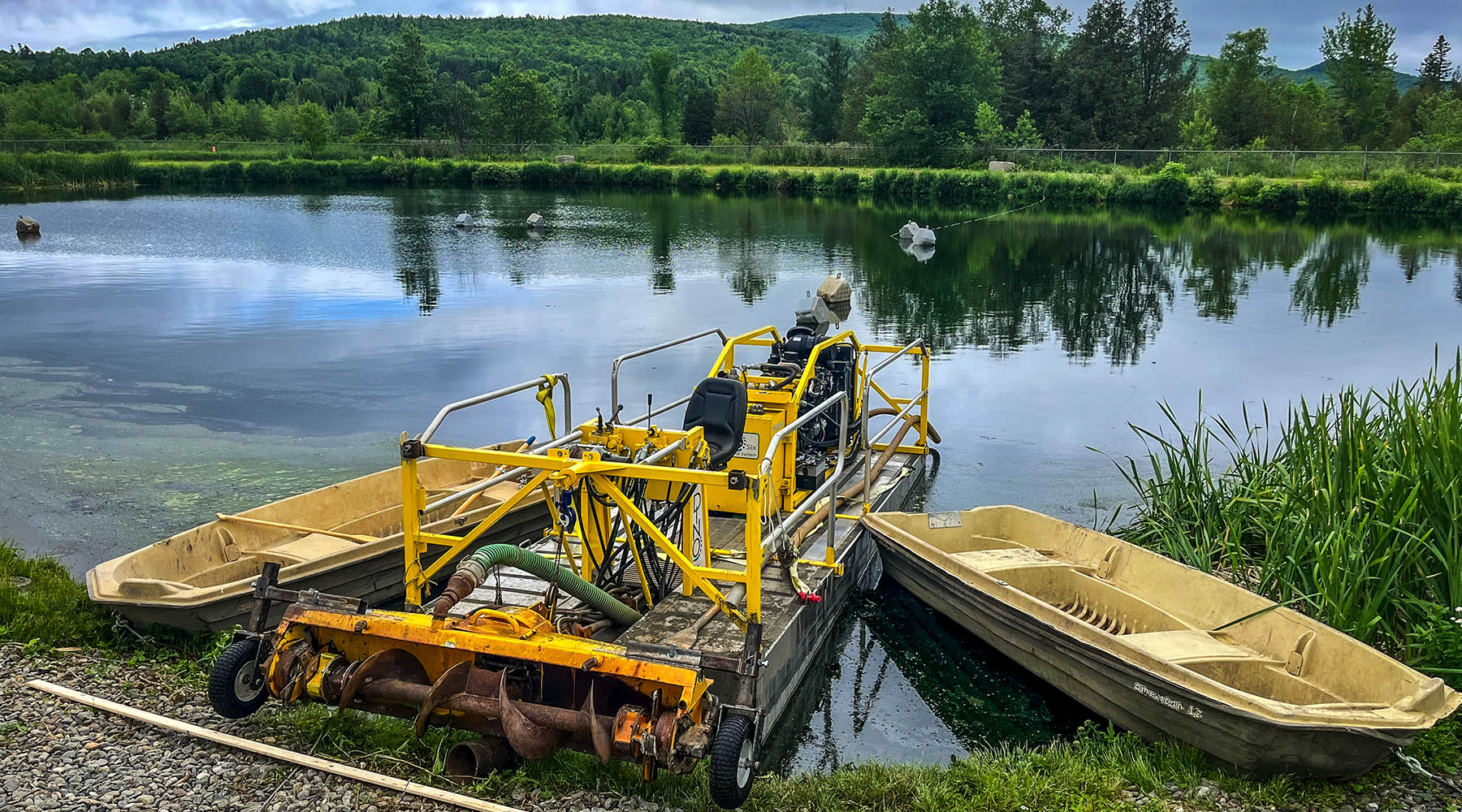Many of us have already been impacted by the arrival of snow and ice this winter season. Fortunately, our nation’s airport operators have been preparing for this wintery mix long before the first snowflake arrived. These airport operation professionals understand the vital role our Commercial and General Aviation airports play in the country’s transportation system and the importance of keeping them open and in safe operating conditions during every season.
HAZARDOUS CONDITIONS
Airport operators have many tools to assist with mitigating hazards created by winter weather. Perhaps the most important being an up-to-date Snow and Ice Control Plan (SICP). A comprehensive SICP includes a detailed game plan to address hazardous pavement conditions that may develop from any winter weather. This would include something as important as ensuring reliable communications between all entities involved in the airport operation. Snow crews, who are responsible for the airfield safety, must be able to coordinate airfield maintenance operations with Air Traffic Control, individual aircraft, and airport tenants. They share crucial information regarding the pavement conditions including the presence of contaminants such as snow, ice, or slush, all of which have the potential to negatively impact aircraft. Equally as important, they coordinate personnel shifts to ensure their staff is rested and able to fulfill their duties.
ICE COMMITTEE
The basis of any SICP starts with identifying a Champion of Winter Ops Safety, usually the Airport Manager or Director of Operations. It is the Champion’s job to gather support and build a guiding coalition also known as a Snow and Ice Control Committee. Preferably, this committee is made up of individuals working in varying roles throughout the airport. This ensures proper preseason planning has addressed every area of the airport and every individual operation focused on improving airfield safety and communications. Establishing this stakeholder group early helps build a solid communication base and creates a culture where communication and ongoing operational evaluations meet the needs of airport users.
Some considerations for airport managers before the snow season should include:
- Establishing a Snow Control Center (SCC) for snow and ice control activities. This can be as simple as the cab of the operator’s snowplow, a desk in the manager’s office or Fixed-Base Operator, or a special office dedicated to snow operations. The priority is that there is a known official command center that is responsible for clearing the Airport Operations Area, disseminating information related to current field conditions, issuing Notice to Airmen (NOTAM), and if necessary, closing runways or areas on the airport unsafe for aircraft operations.
- Establish airport snow clearing priority areas. This identifies areas that are essential to the safe operation of the airfield. Priority 1 areas include the primary runway, associated parallel taxiways and route to the apron, essential apron area, and emergency staging and access points. Less essential areas, known as Priority 2, can be prioritized and cleared as operators regain control of the situation. These include crosswind runways, supporting taxiways, other airport facilities areas, and additional aircraft parking areas. Priority 3 areas are all other surfaces in the Airport Operations Area, including all access and perimeter security roads. Airport Managers should identify areas that tenants are responsible for and request SICP’s from individual tenants at the airport.
- Staffing for snow operations. Airport managers should (and if operating a certificated airport are required under Section 139.303 to), “Equip personnel with sufficient resources needed to comply with the requirements of the SICP,” and “Provide sufficient and qualified personnel to comply with the airport’s SICP.” Human factors can play a huge role in operational safety during snow operations. Realistically the snow season can last more than half of the calendar year with storms that can last for several days with little if any downtime. Managers should consider things like personnel training, snow ops crews (A crew vs. B crew), shift lengths including adequate rest periods, food and hydration, and resting areas on site.
- Equipment Selection & Storage. The amount and size of Snow Removal Equipment (SRE) required to clear the airport is based on calculations laid out in FAA Advisory Circular 150/5220-20, Airport Snow and Ice Control Equipment. The calculations provide guidance on the types and size of equipment needed to clear the Priority 1 areas in a specified time period based on the average annual snowfall, type of airport and annual operations. In addition to the type and size of equipment needed to keep the airport operational, the FAA recommends housing the equipment in a building capable of maintaining 50 degrees Fahrenheit. This will help prolong the useful life of the equipment and to enable more rapid response to operational needs. The availability of a storage equipment building also ensures operators can inspect the equipment before and after use as well as make repairs and conduct routine maintenance throughout the snow season.
With the snow season upon us, airports across the county will be implementing their thoughtfully crafted SICP with the understanding that it may need to be evaluated and adjusted throughout the season.
If you plan to travel at any point during this winter season, pause for a moment to observe and appreciate the many hours of planning that occurs before a single flake flies that keeps your airport open and safe during winter operations.
Further detailed information and links to supporting documents where you can find guidance when developing a Snow and Ice Control Plan (SICP) can be found in FAA Advisory circulars, 150/5200-30, 150 and 150/5220-20.
This article was written by Patrick Sharrow, AAE.











